Current graphic design trends: Modern methods every brand should know
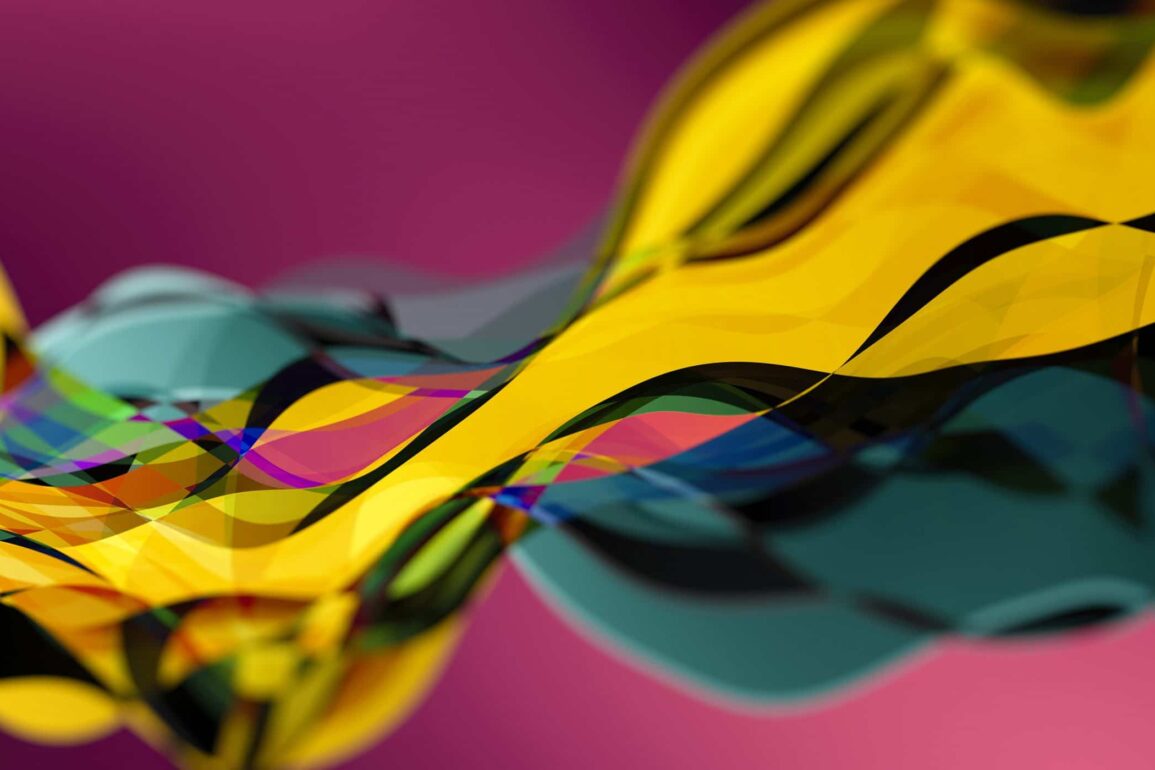
Your visual identity is crucial to your business.
No matter how great your product or message might be, your brand image will always affect your ability to engage and inspire people. The brand photography in your direct marketing campaigns dictates how people see your company, just like the colours on your website affect the way people feel about your brand.
Unfortunately, the rules around brand visuals aren’t set in stone.
Today’s current graphic design trends are driven by everything from the technology available for creating more engaging, responsive imagery, to the purchasing behaviour of specific customers. After all, as the preferences of your audience changes, the visuals you use to build your brand will evolve too.
While it’s not a good idea to adjust your identity every time a new trend emerges, it’s important to keep abreast of the industry. A basic knowledge of current trends in graphic design will help you to present a more ‘relevant’ and professional image for your brand.
So, how do you decide which trends to follow, and which to ignore?
In today’s article, we’ll be looking at the modern graphic design trends all business owners (and designers) should be aware of, and how you can decide if they’re right for your brand.
Let’s get designing…
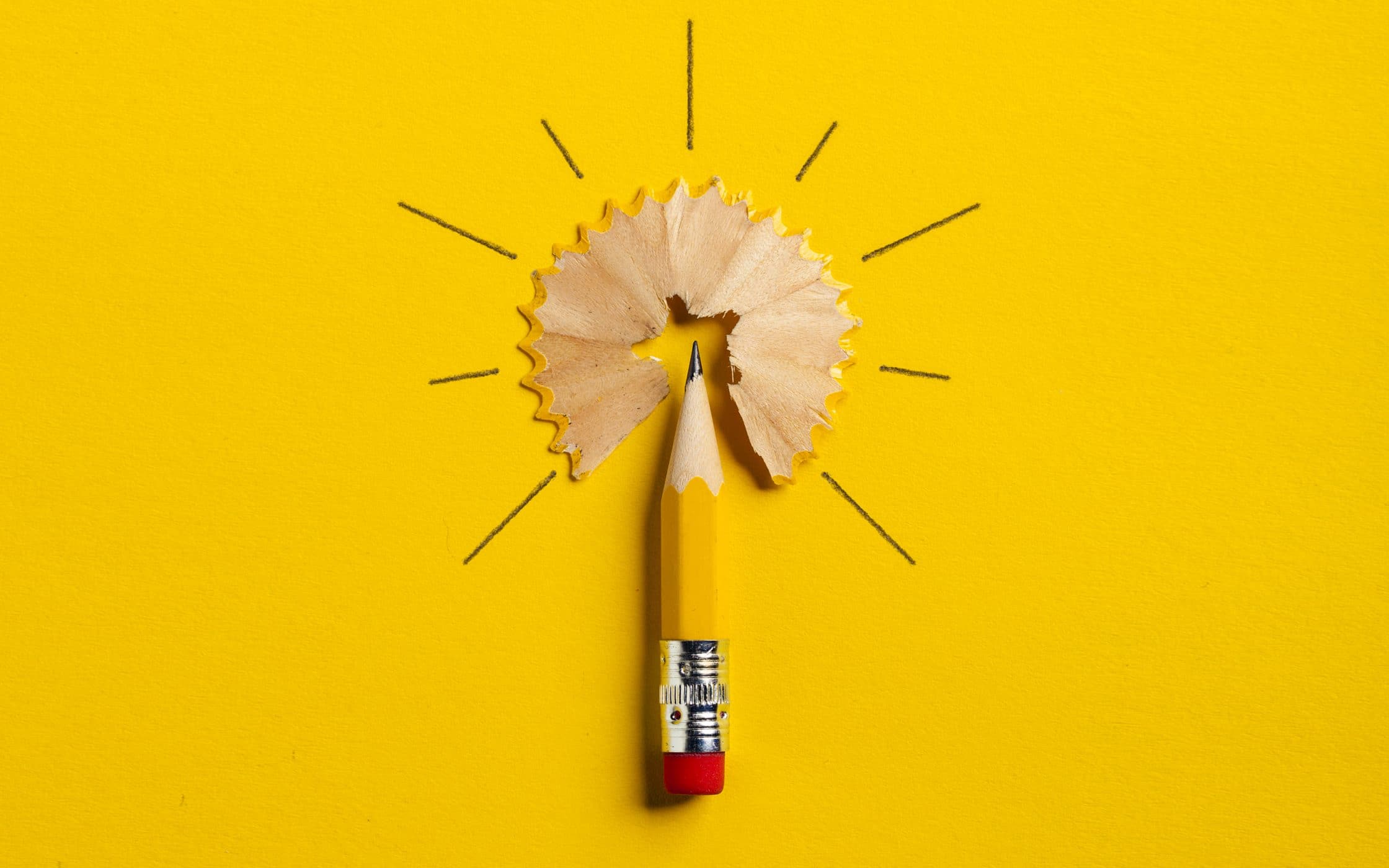
Embracing current trends in graphic design: What you need to know
Search for something like “Graphic design trends 2018” or even “Graphic design trends 2019,” and you’re sure to find hundreds of articles exploring new ideas in the creative scene.
As design possibilities evolve thanks to the arrival of new technology, the graphic space is sure to become more exciting in the years ahead. This presents many new opportunities for brands looking to change their image. However, it’s important not to get carried away with the trends.
Throughout the history of graphic design, we’ve seen many trends, and they haven’t all been good. Remember when it was popular to cover your web pages in Flash images, for instance?
Just because something is new, doesn’t mean that it’s better for your company. When examining modern graphic design trends, it’s a good idea to address each concept with a little scepticism. For instance, ask yourself:
- Would embracing these trends in graphic design fix a problem for my customers or me?
- Will these trends help or hurt engagement?
- Are there companies like mine successfully using this trend already?
- How do these new graphic design trends fit with your current brand identity?
Answering these questions will help you to decide whether you’re embracing a trend just to jump on the bandwagon, or you’re taking a step that’s valuable for your company.
Additionally, carefully evaluating the latest graphic design trends will also ensure that you stay ahead of the curve image-wise. After all, just because you shouldn’t embrace every trend doesn’t mean that you can’t make some positive changes by considering new ideas. It’s practically impossible to keep your brand looking modern if you’re not aware of what’s going on around you.
With that disclaimer out of the way, let’s look at some of the current graphic design trends that all companies need to consider today.
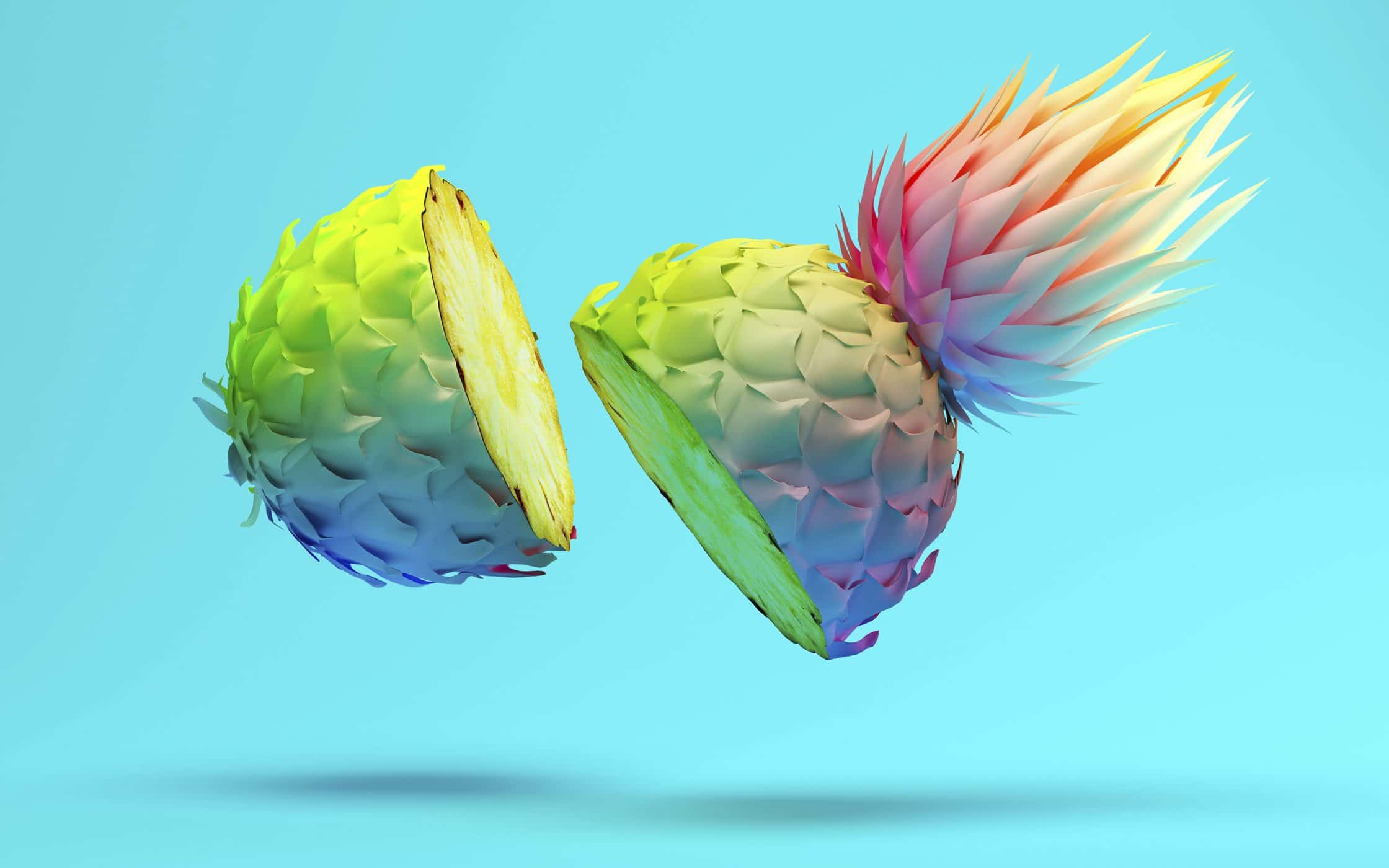
Current graphic design trends: Playing with brand colour schemes
Colour is a crucial consideration in graphic design.
Whether you’re creating the perfect website, or designing your brand logo, the right colours will dictate whether your visual assets stand out, and what kind of emotional impact you’ll have on your audience.
In the past, many companies stuck to the ‘obvious’ colours for their industry. For instance, blue is particularly popular thanks to its ability to cultivate feelings of trust. However, today’s companies are beginning to explore less conventional colours when keeping up with modern graphic designs. Soft neutral shades are beginning to be replaced with brighter hues and duo-tone images. For example, check out the pink and orange ads from Spotify:
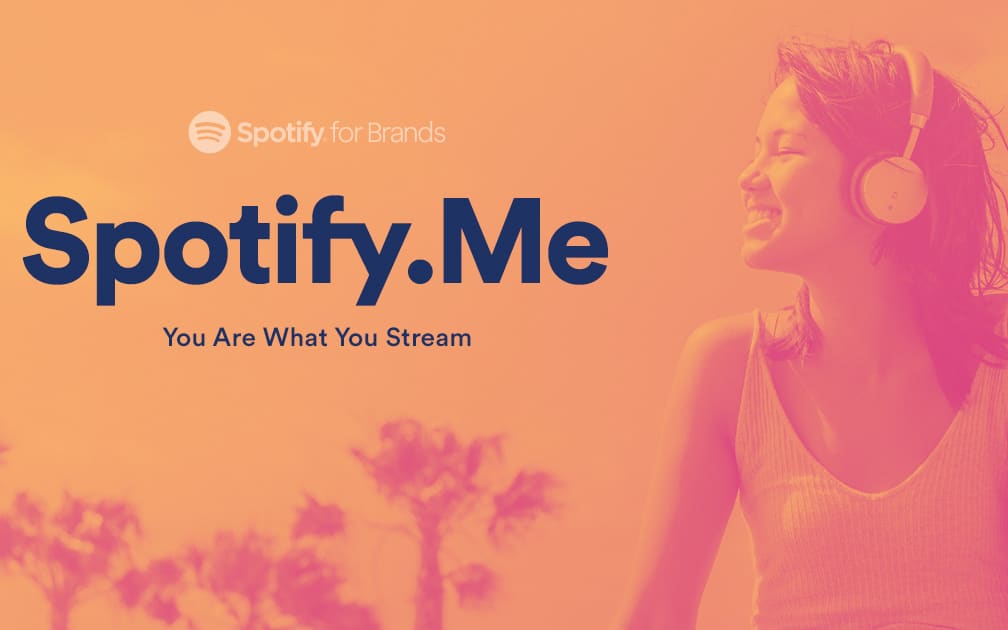
Some companies are going so off-the-rails with their colour strategies of late, that they’re even stepping away from their traditional ‘brand colours’. In the past, most organisations chose a handful of colours that they’d use across all their branding and design work. While it’s still helpful to have some underlying brand colours to assist with brand recognition, modern graphic design trends are beginning to explore the use of multiple colours for differentiation.
For example, file-sharing company Dropbox recently decided to transform their old colour strategy from 2017 to enhance their brand reach. Since customers were already familiar with the Dropbox logo, the company kept the fundamental design the same. However, they also added a bunch of additional brand colours into the mix.

Consumers gave a mixed response to the recent brand strategy for Dropbox. Although a multitude of brand colours won’t work for everyone, this new graphic design trend makes sense for companies that need to appeal to a wide selection of consumers and industries.
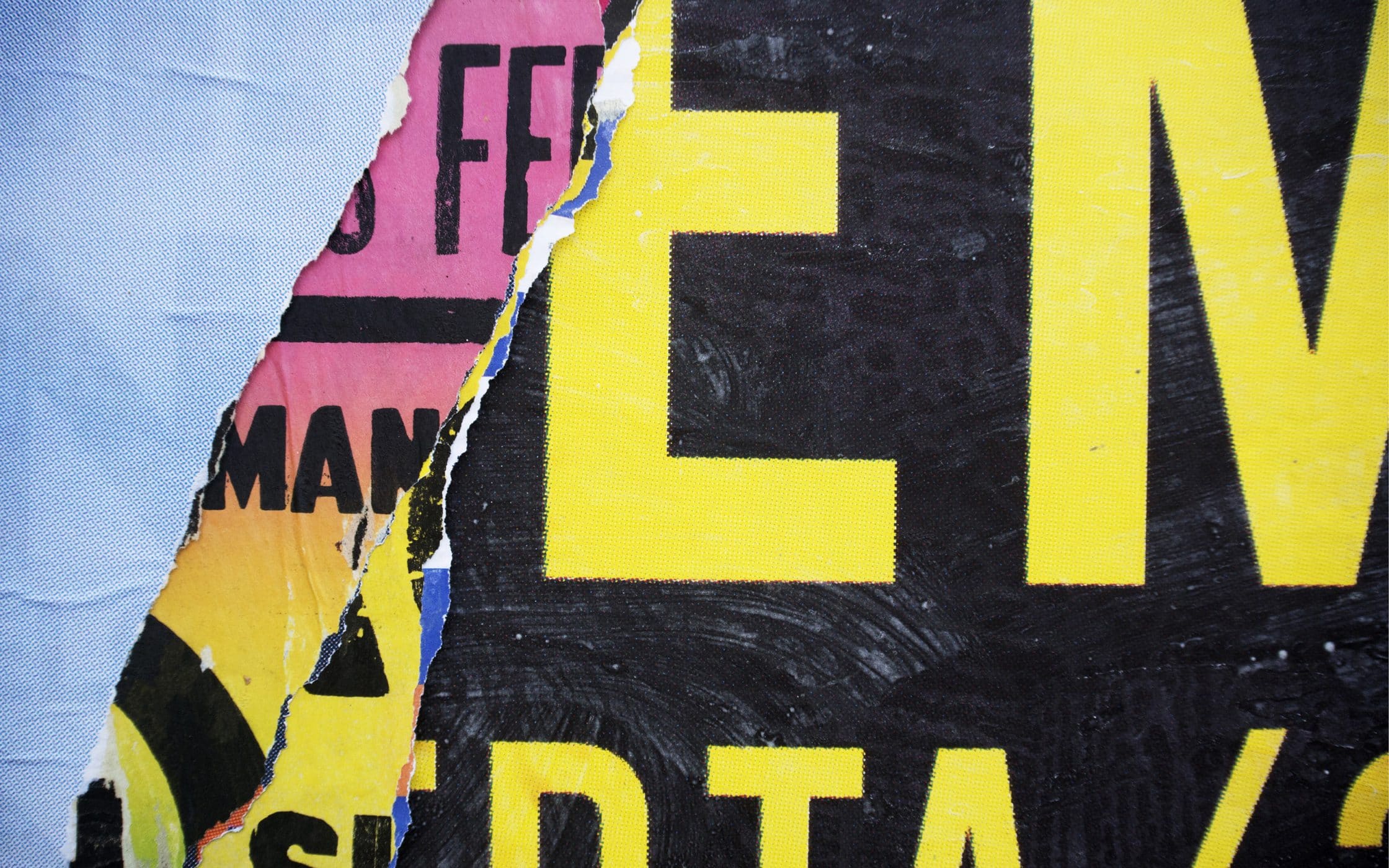
Current graphic design trends: Terrific typography and fantastic fonts
Just as the right selection of colours supports your brand personality, typography also has a significant role to play in the world of graphic design. The shape, size, and nature of the font you use on your display ads, printed media and website adds depth to your brand identity.
Serif fonts generally represent sophisticated and professional brands, while sans-serif fonts are more modern and informal. Additionally, bold type draws attention to a statement and exudes confidence. One of the biggest graphic design trends 2018 saw was the demand for more handwritten fonts. As companies struggle to stand out in an overly saturated environment, handwritten fonts give brands an extra element of differentiation, although they’re not right for everyone.
Personalised fonts are also ideal online in environments where companies are exploring with new media. The right font on a descriptive video, a Facebook post, or even an infographic helps your content to jump off the page and capture audience engagement.
A great example of a brand making ripples with bold typography is Adidas. Their bold, creative fonts help to draw more attention to their marketing campaigns.

Another fantastic example of a company using handwritten fonts together with fantastic background images comes from Adobe. Adobe’s Digital Marketing Report isn’t your standard case study. Adobe uses bright colours, great imagery, and unique fonts to make their brand personality shine through in every page.
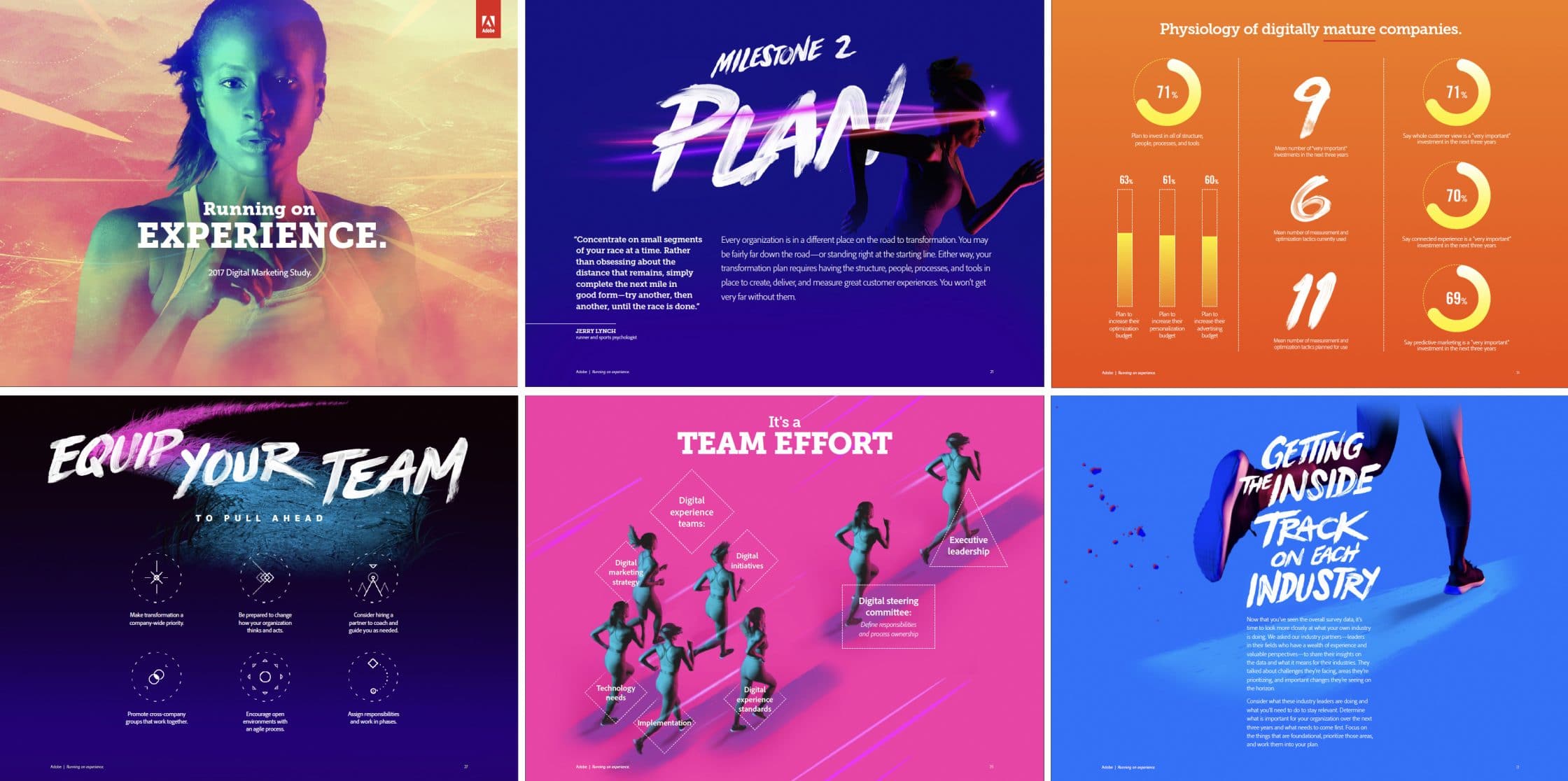
Current graphic design trends: Custom illustrations
Speaking of graphic design trends that are great for differentiation, many modern businesses are beginning to experiment with custom illustrations and icons.
Today’s companies are experimenting with design as both a practical concept and a method of conveying their unique personalities. After all, modern consumers don’t want to buy products and services from a nameless corporation. Today’s customers want to build real connections with their favourite brands, and that means companies need to work harder at creating a ‘human’ image.
Illustrations and hand-drawn images give brands a more ‘playful’ side. What’s more, you can use pictures in just about any part of your graphic design strategy. As an example, the team at Fabrik uses the occasional illustration to show our human side:
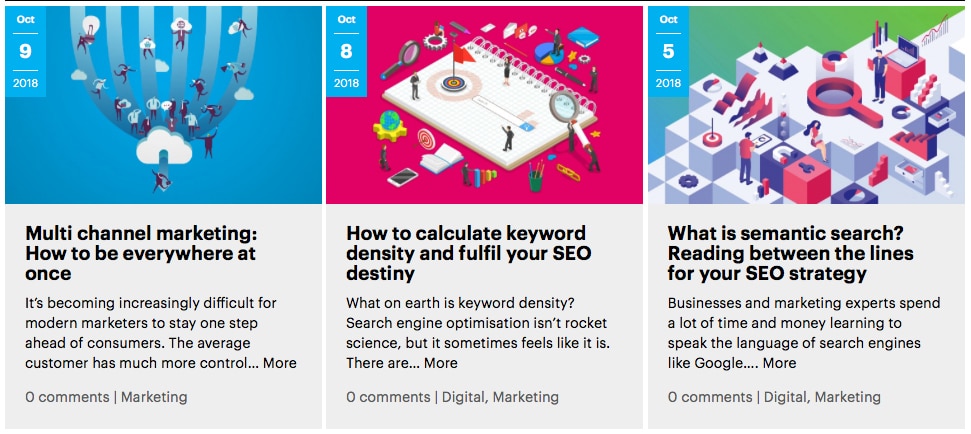
The great thing about custom illustrations is that they’re tailored to your brand.
When you create your own illustrations from scratch, there’s no risk that another competing company is going to come in and use the same visuals as you. Additionally, when your business puts significant time and effort into creating custom illustrations, you show your audience that you’re committed to giving them a great experience.
As customers look for more authenticity in their relationships with brands, custom illustrations are a great alternative to the traditional stock image.
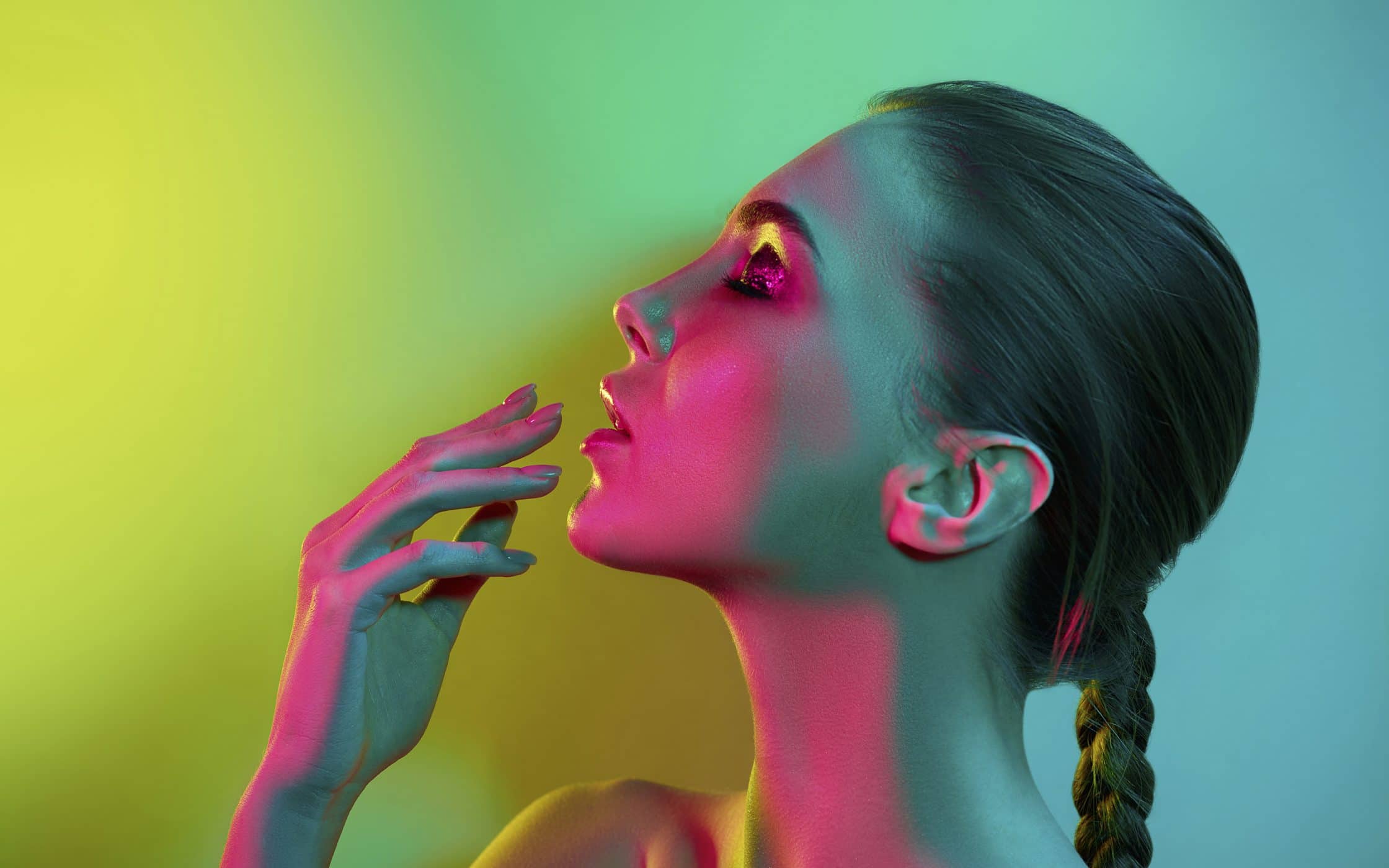
Current graphic design trends: Authentic brand photography
Just as custom illustrations help to give depth to your brand’s identity online, authentic photography sets your organisation apart as a genuine, credible entity.
According to studies, users spend an average of 5.94 seconds looking at the main image on your website pages. Your consumers use your pictures to determine whether you deserve their trust and investment. The same rules apply to printed media and other offline visual content. No matter what we’re told, we still judge books by their cover.
Unfortunately, if the first thing your customer sees when they look at your advertisement or website is a stock photo they’ve viewed a thousand times before, you won’t leave much of a lasting impression.
On the other hand, if the image they see is a piece of genuine brand photography that conveys people from your team, or something specifically related to your company, they know that you’ve invested in building a professional image. The evidence of this investment alone is enough to make your organisation instantly more trustworthy.
Demand for authentic brand photography in graphic design trends began in 2017. However, it should continue to prevail in the years ahead as consumers place more value on the transparency of their favourite brands.
What better way to show your customers that you can be trusted than to provide them with a genuine look at your office, building, product or team? Authentic photography improves your brand reputation while giving you another way to stand out in your marketplace.
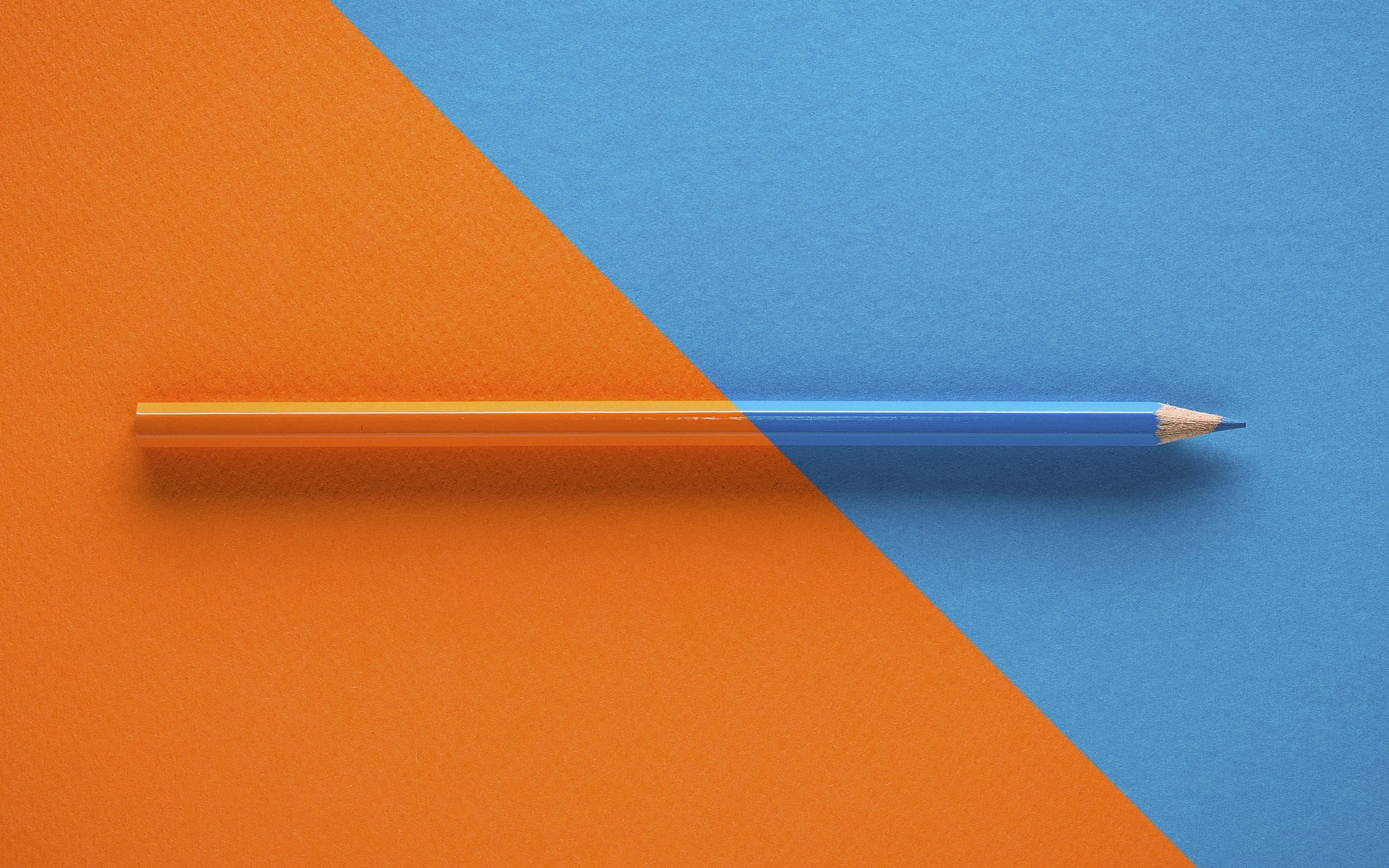
Current graphic design trends: Responsive logos
It’s tough to write an article about modern graphic design trends without mentioning logos.
Countless elements go into an effective logo design, from the perfect shapes to the right colours and more. However, now that customers are engaging with businesses through a wide selection of intriguing new channels, your logo needs to be as dynamic and responsive as possible.
It’s been more than a decade since responsive design revolutionised the online world. Today, responsiveness is a standard component of good web design. Since your logo is a major component in how people recognise and connect with your branded content, it makes sense to design logos that look just as good on smartphones as they do on desktop screens.
A designer called Joe Harrison even created a research project exploring the ‘responsive’ logo and how companies are adjusting their design strategies to suit the modern marketplace.
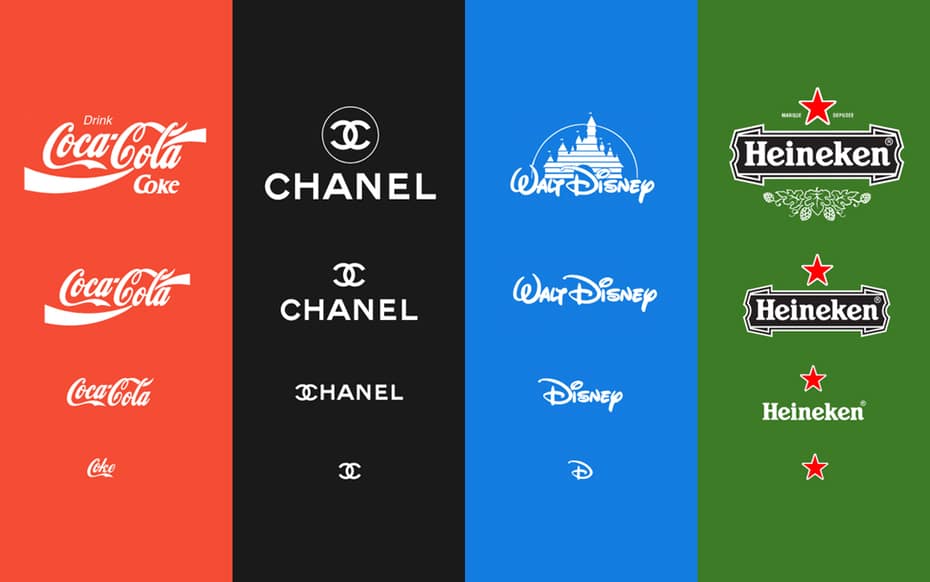
Reducing your logo to a modern simplified version of itself, like in the examples above, is also a great way to pave the way for future digital opportunities. For example, if Chanel wanted to create their own mobile app, all they’d need to do is turn the smallest version of their logo into an app icon.
The first step in creating a responsive logo is choosing designs that are as simple and minimalist as possible. Fortunately, many designers have already begun to move in this direction with their logos. Just look at how the Twitter graphic has changed over the years:

Current graphic design trends: Gradients and colour transitions
Gradients aren’t a new concept in graphic design. However, the ways that design agencies are using these unique colour transitions are changing.
The chances are you’re already familiar with gradients from the PowerPoint presentations you made back in school.
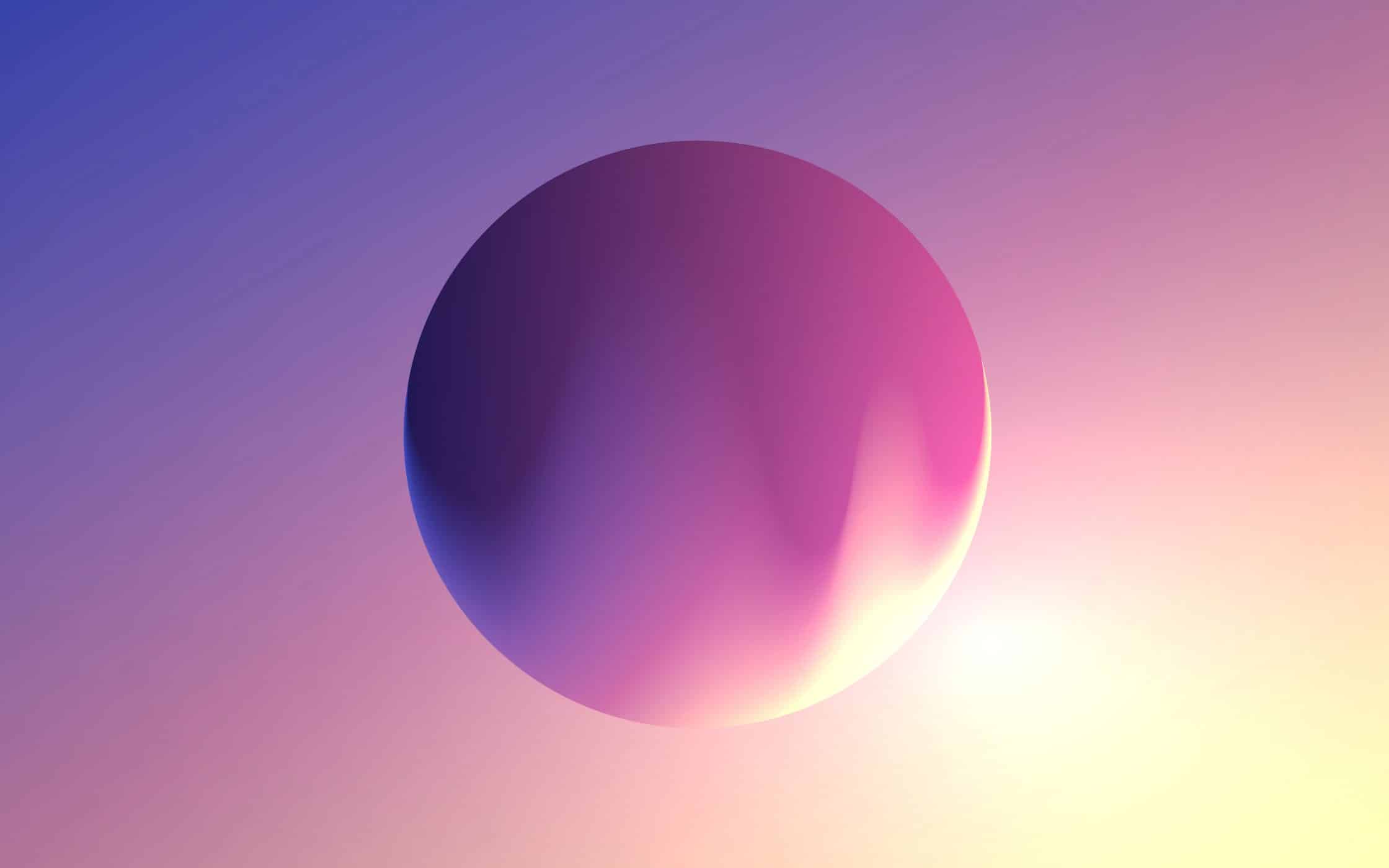
However, as graphic design trends started to shift away from bold colours and into the realm of neutral, minimalist creations, gradients lost some of their sparkle. Fortunately, current trends in graphic design show colour transitions coming back into industry focus.
Flat design is evolving into ‘semi-flat’ design, to encourage more immersive online experiences for customers. For example, Stripe, an online payment platform service, uses gradients to give depth to their website:
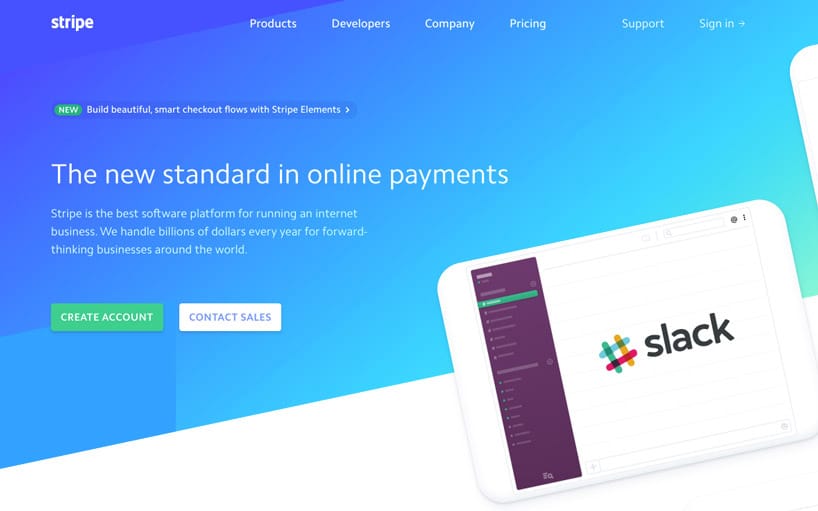
You’ve probably also noticed the presence of gradients in a lot of mobile apps, particularly with visual design leaders like Instagram.
As brands become more vibrant, and a cluttered marketplace makes it increasingly difficult to stand out, gradients and colour transitions represent an excellent way for companies to show their fun and exciting side.
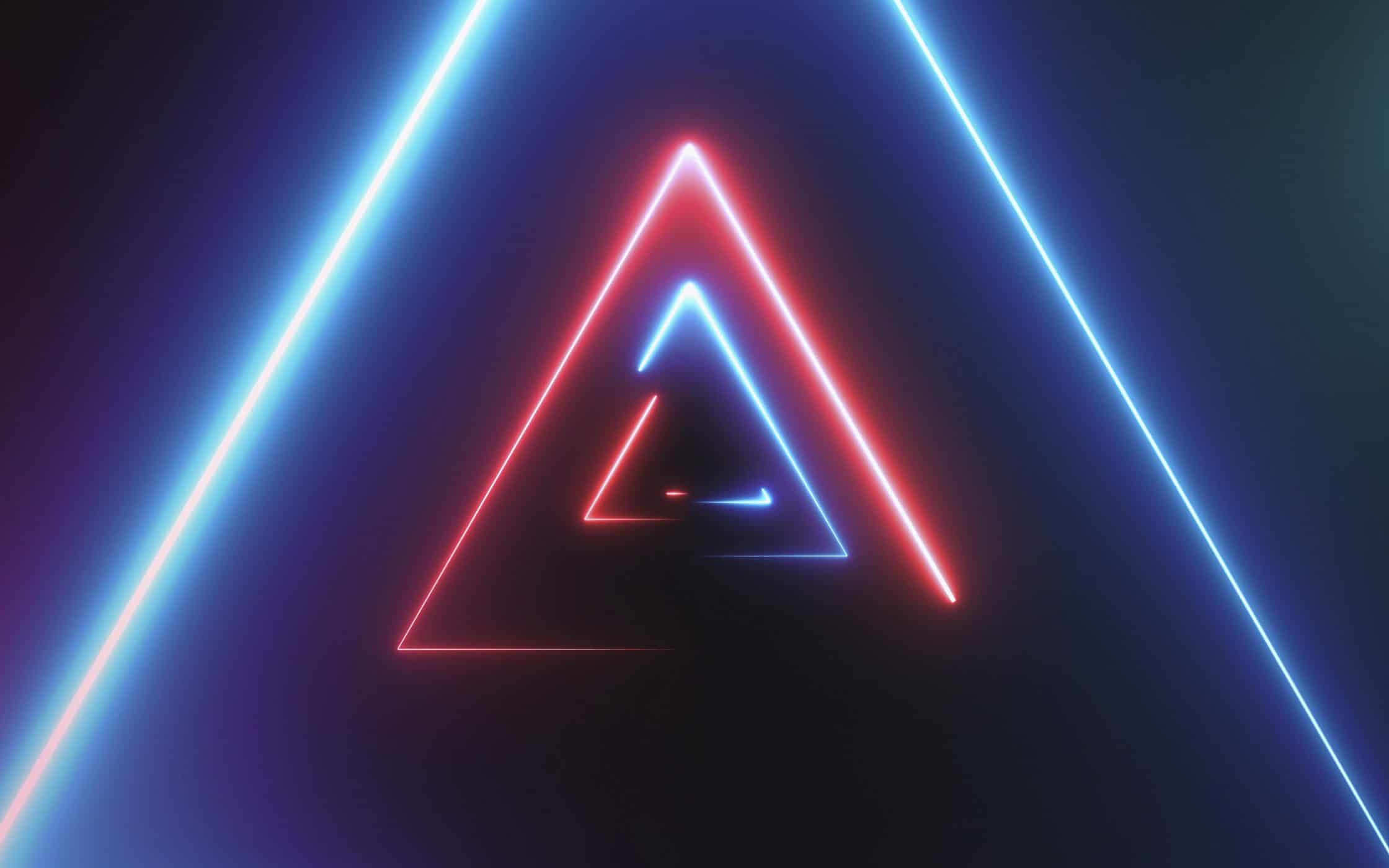
Current graphic design trends: Movement and animation
Another of the latest graphic design trends that focuses on engaging customers is ‘movement’ in web design. Obviously, it’s challenging to deliver movement on offline materials, unless you’re planning to use lenticular printing. However, online, it couldn’t be easier to add extra motion and movement to your blogs, web pages, and advertisements.
The demand for movement in modern graphic design trends comes from an increasing focus on something called the ‘micro interaction’. Micro-interactions are a concept in user experience design that focus on engaging your customer at every point during their buying journey. This could mean making a button on your navigation bar expand when a customer hovers over it or triggering a video to play when someone scrolls down your home page.
As consumers become more passive in the way that they connect with content, micro-interactions are a powerful way to get people involved with what they’re doing on your website. These little details can take your design strategy to the next level.
Movement comes in many shapes and sizes in the digital world. Some designers playing with trends in graphic design are even creating animated versions of company logos. Check out the animated Vivial wordmark:
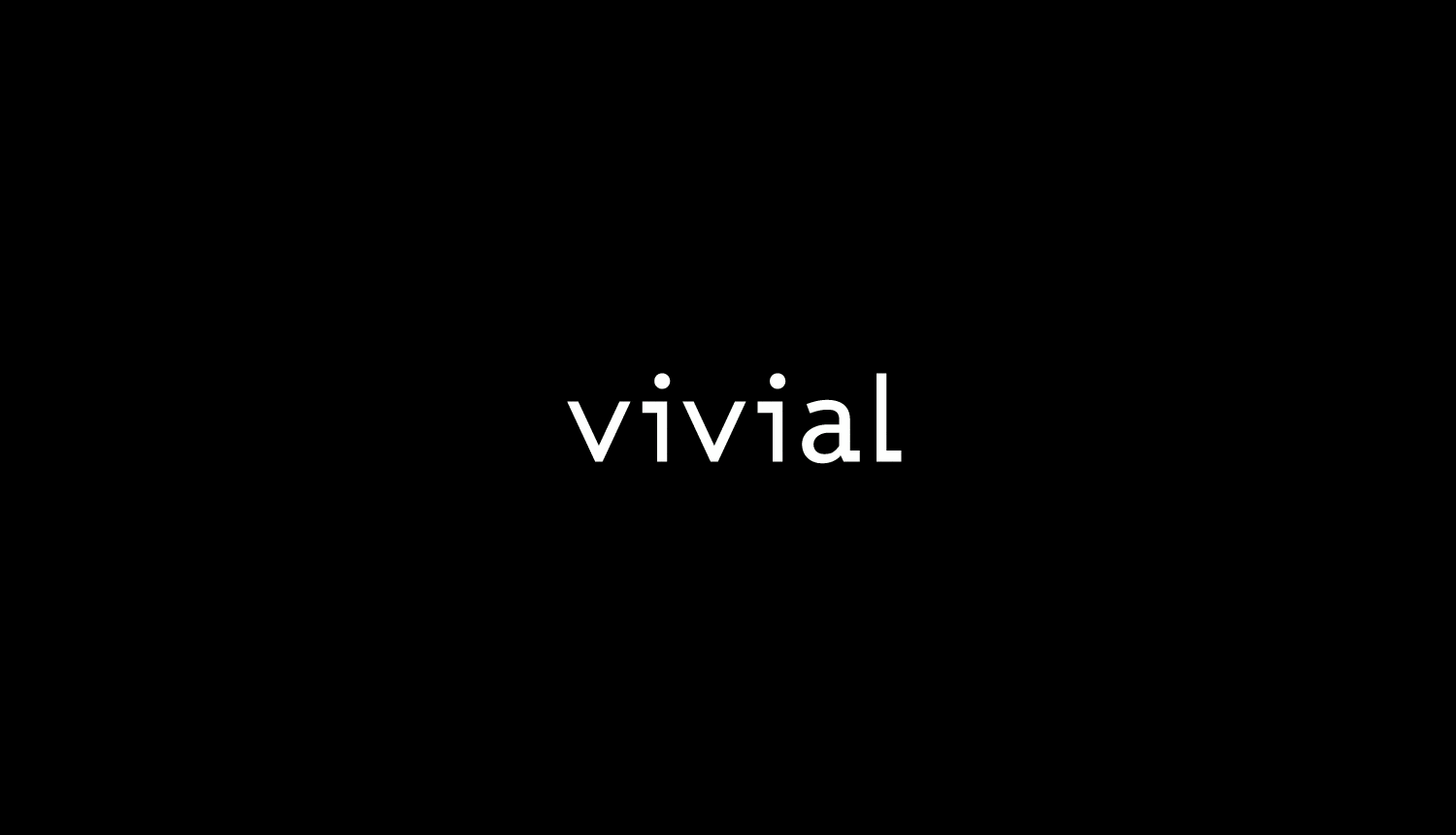
Gifs and videos are also making their way into blog posts, product pages and various other components of a company’s online presence.
As memes take over the internet, gifs are quickly becoming a fantastic way for companies to resonate with their target audience by sharing personality-infused moments in their content.
Don’t forget about cinemagraphs as a way of adding movement to your online content too! These simple, but highly engaging animations are flooding the web today, and changing the way that customers interact with their favourite sites. Cinemagraphs are concise videos created to represent an ‘almost’ static image. You might have a background on your homepage with a slightly flickering candle, or some trees with leaves that rustle in the wind.
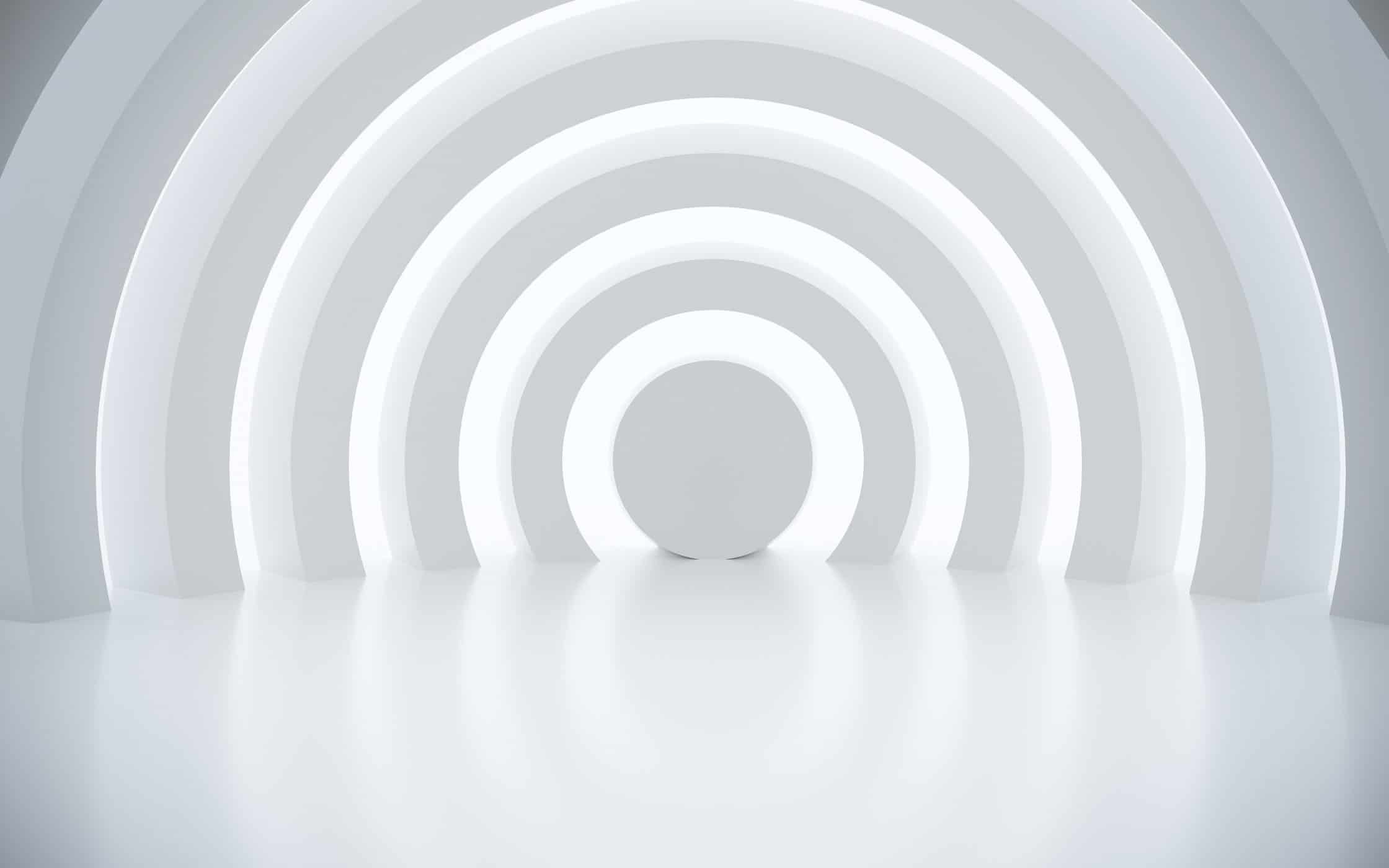
Current graphic design trends: The magic of minimalism
Minimalism has been a common trend in graphic design for several years now.
After people grew tired of the cluttered and overwhelming images on printed ads and websites a few years ago, most designers have focused on finding the right balance between ‘clarity’ in their creations and creativity.
Minimalism is bound to remain crucial in modern graphic design trends. After all, as people spend more of their time browsing through websites and ads on smaller screens, designers will have less space to work with when bringing ideas to life. The critical thing to remember is that ‘minimalist’ doesn’t have to mean boring.
In the past, if you were asked to describe ‘minimalism’ to someone, you’d probably echo the ideas of the aesthetic design movement. Swedish minimalist designers were all about simple lines, neutral colours, and functionality. Today’s minimalist modern graphic design trends still focus on customer experience and usability, but with brighter colours and unique ideas.
Look at how Google’s logo has become simpler, without losing its ‘fun’ factor:

Another way to keep minimalism in mind with the current trends in graphic design is to embrace negative space. Negative space is the ‘empty’ space that helps to keep visitor focus on the right components in a page, advertisement, or leaflet. Negative space can also form unique shapes in logos like the Toblerone logo does with its hidden bear:

Understanding the latest graphic design trends
Ultimately, human beings are creatures that love beautiful things.
Studies show that if we have fifteen minutes to consume content – in any form, we’d much prefer to look at something attractive. The visuals that you embrace with your graphic design initiatives can make or break your brand. If you want to maintain a consistent image that demonstrates the forward-thinking relevance of your company, then it’s important to be aware of graphic design industry trends.
However, just because you need to keep up-to-date with what’s happening in the market, doesn’t mean that you need to change your entire look every time a new concept arrives.
Understanding and using modern graphic design trends isn’t just about copying what your competitors are doing. Your goal should be to let current trends inspire you or alert you when your assets might be growing outdated. If you struggle to use graphic design trends as a muse, then you can always hire a graphic expert to manage your image for you.
The good news is that once you begin experimenting with trends in graphic design, you can track which ones work best for your company. Though a customer’s response to your packaging and direct marketing materials might not be as easy to measure, there are countless ways to track the performance of your digital media. Thanks to things like Google Analytics and other consumer monitoring solutions, companies can A/B test every change they make.
By measuring the performance of the latest graphic design trends in the context of your own content and design assets, you can avoid taking any unnecessary risks with your brand identity.
Want to learn more about taking advantage of the current graphic design trends? Perhaps you want to implement some new imagery for 2019? Reach out to Fabrik today for your custom consultation.
If you enjoyed this article, you might enjoy these too:
—From vintage to modern, the history of graphic design
—Landing leads: The beginners guide to landing page design
—Essential elements: Getting to the graphic design basics











